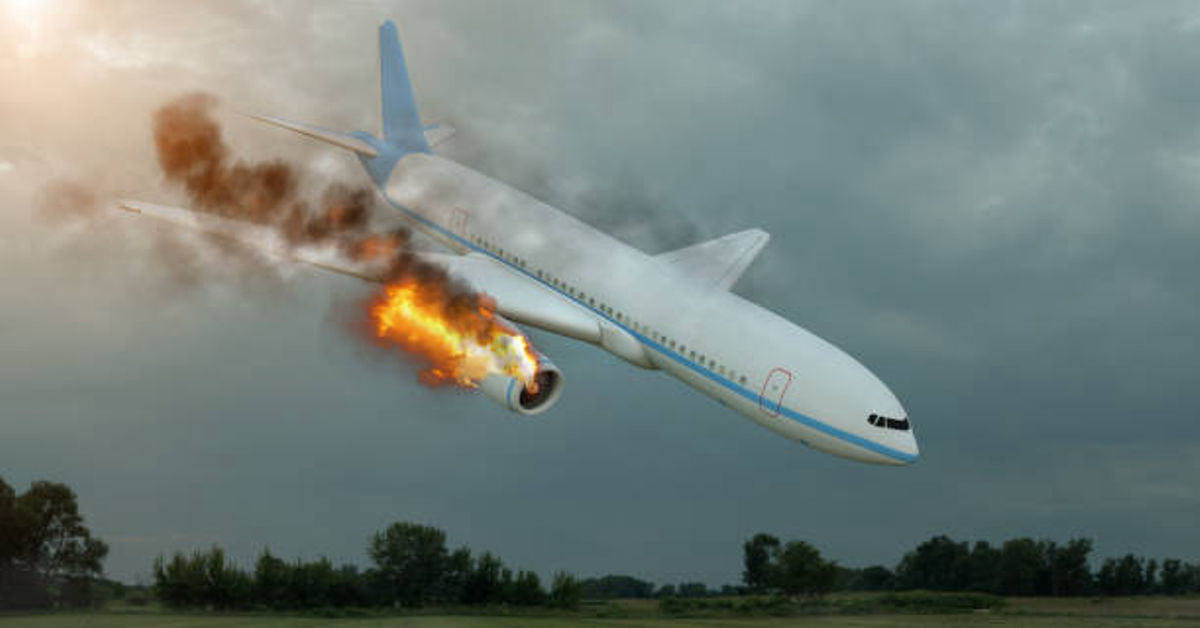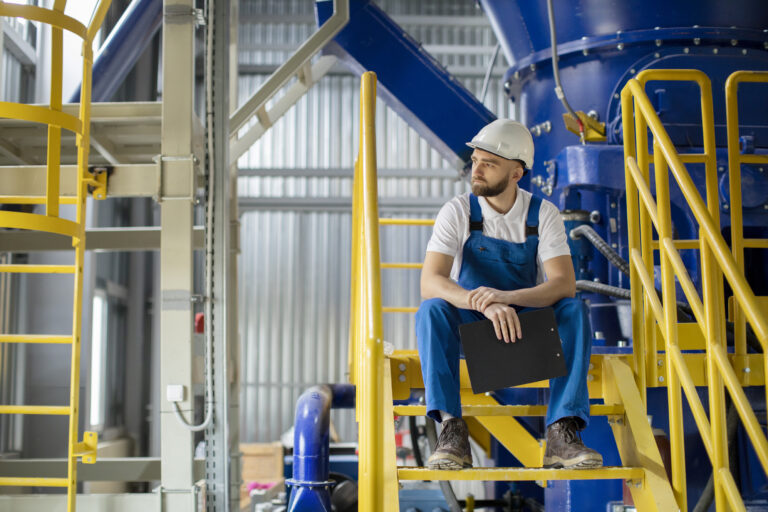Airplane Crash: Causes, Consequences, and Prevention
Airplane crashes are among the most dramatic and feared events in modern transportation. Despite air travel being statistically one of the safest modes of transportation, aviation disasters capture public attention due to their suddenness, scale, and often tragic consequences. Understanding airplane crashes involves examining not only the mechanical and technical aspects but also human factors, environmental conditions, and regulatory frameworks. This comprehensive exploration aims to provide a clear understanding of airplane crashes, their causes, the processes involved in investigation, safety advancements, and measures taken to prevent future incidents.
Airplane crashes are more than mere accidents; they are complex events resulting from a combination of factors. While the media often focuses on high-profile disasters, most airplane incidents involve smaller-scale crashes that provide equally valuable lessons for aviation safety. Studying these events allows aviation authorities, manufacturers, pilots, and safety experts to continuously improve safety protocols, reduce risks, and enhance passenger confidence.
1. Historical Context of Airplane Crashes
The history of airplane crashes is intertwined with the evolution of aviation technology. Early in the 20th century, when aviation was still experimental, accidents were frequent due to rudimentary designs, unreliable engines, and lack of safety knowledge. The first fatal airplane crash recorded occurred in 1908, claiming the life of Orville Wright’s passenger during a demonstration flight.
During World War I and II, military aviation accidents were common due to aggressive flight operations, poor navigation technology, and inexperienced pilots. These incidents accelerated the development of safety standards, structural integrity, and emergency procedures that would later benefit civil aviation.
The mid-20th century marked a turning point, as commercial aviation expanded globally. High-profile crashes during this era, such as the Tenerife airport disaster in 1977, led to significant changes in air traffic control procedures, cockpit communication standards, and passenger safety regulations. Modern airplane crashes are relatively rare due to technological advancements, yet each incident continues to provide crucial insights into risk mitigation and aviation safety.
2. Common Causes of Airplane Crashes
Airplane crashes are rarely caused by a single factor; they usually result from a combination of mechanical, human, environmental, and organizational elements. Understanding these causes is essential for prevention and safety improvement.
2.1 Human Error
Human error is the leading cause of airplane crashes, accounting for approximately 50–60% of aviation accidents. This category includes:
- Pilot error: misjudgment, poor decision-making, failure to follow procedures
- Air traffic controller error: miscommunication, mismanagement of traffic
- Maintenance personnel error: incorrect installation, missed inspections
Human error often interacts with other factors, such as adverse weather or mechanical failure, to exacerbate the risk of a crash.
2.2 Mechanical and Technical Failure
Mechanical failures, though less common than human error, remain significant contributors. Examples include:
- Engine failure due to wear, manufacturing defect, or foreign object ingestion
- Hydraulic system failure affecting control surfaces
- Electrical or avionics system malfunction
Aircraft undergo rigorous inspections, yet unforeseen mechanical issues can still occur, particularly in older models or those exposed to extreme operational stress.
2.3 Weather Conditions
Adverse weather is a major factor in airplane crashes. Severe weather conditions include:
- Thunderstorms and lightning
- Heavy rain or snow causing reduced visibility
- Icing on wings or engines
- Turbulence and wind shear
Modern aircraft are equipped with weather detection systems, but unexpected phenomena can still challenge pilots and contribute to accidents.
2.4 Bird Strikes and Wildlife Hazards
Collisions with birds, commonly during takeoff and landing, can lead to engine failure or structural damage. Airports implement wildlife management programs, yet bird strikes remain a recognized aviation risk.
2.5 Sabotage, Terrorism, and Human Interference
Though rare, deliberate acts such as hijackings or sabotage have caused airplane crashes. Enhanced airport security and in-flight safety protocols have minimized these risks in recent decades.
Table: Major Categories of Airplane Crash Causes
| Cause | Percentage of Total Crashes | Examples |
|---|---|---|
| Human Error | 50–60% | Pilot misjudgment, ATC errors |
| Mechanical Failure | 20–25% | Engine, hydraulics, avionics |
| Weather Conditions | 10–15% | Storms, icing, turbulence |
| Wildlife Interference | 2–3% | Bird strikes during takeoff/landing |
| Sabotage/Terrorism | <1% | Hijacking, explosives |
3. Anatomy of an Airplane Crash
Airplane crashes can occur at any phase of flight, and each phase presents unique risks:
- Takeoff: High risk due to maximum engine power, aircraft weight, and runway constraints
- Climb: Potential risks from engine performance issues or weather interactions
- Cruise: Typically the safest phase, yet lightning strikes, decompression, or navigation errors can occur
- Descent and Landing: Most accidents happen during approach or landing, often due to misjudgment or poor visibility
Understanding the dynamics of each phase allows pilots, engineers, and safety regulators to implement targeted preventive measures.
4. Immediate Consequences of an Airplane Crash
Airplane crashes result in physical, environmental, and economic consequences. Physically, passengers and crew face risks of severe injury or death, often due to impact forces, fire, or structural collapse. Environmentally, crashes can lead to:
- Fuel spillage causing pollution
- Fire hazards affecting surrounding areas
- Debris scattering across large zones
Economically, crashes can lead to:
- Aircraft loss and insurance claims
- Legal proceedings and compensation costs
- Negative impact on airline reputation and passenger confidence
The combination of human, environmental, and financial costs underscores the critical importance of prevention, preparedness, and rapid response.
5. Investigation Process Following a Crash
Investigating airplane crashes is a meticulous, multidisciplinary process. Aviation authorities and independent agencies examine each incident to determine causes and recommend improvements.
5.1 Crash Site Examination
Investigators secure the crash site to:
- Preserve evidence
- Collect debris and black box flight recorders
- Assess structural and mechanical damage
5.2 Flight Data Analysis
Aircraft are equipped with:
- Flight Data Recorder (FDR): Logs speed, altitude, engine performance
- Cockpit Voice Recorder (CVR): Records pilot communications
Data from these devices provide insight into events leading to the crash.
5.3 Witness Interviews
Investigators interview crew, air traffic controllers, and survivors to obtain additional perspectives on the incident.
5.4 Simulation and Reconstruction
Computer models and wind tunnel tests may be used to recreate flight conditions and evaluate mechanical or environmental influences.
5.5 Reporting and Recommendations
Final reports outline findings and provide recommendations for:
- Technical improvements
- Procedural changes
- Regulatory updates
6. Safety Measures and Modern Aviation Advances
Airplane crashes have driven substantial advancements in aviation safety, including:
6.1 Aircraft Design and Technology
- Redundant systems to prevent total failure
- Advanced avionics and navigation aids
- Stronger fuselage and crash-resistant materials
6.2 Pilot Training and Protocols
- Simulator-based emergency training
- Standardized checklists and communication procedures
- Crew resource management (CRM) to reduce human error
6.3 Air Traffic Control and Communication
- Advanced radar systems
- Automated conflict detection
- International collaboration for safety oversight
6.4 Regulatory Oversight
Organizations like the FAA, EASA, and ICAO enforce strict airworthiness standards, maintenance schedules, and operational compliance to minimize accident risks.
7. Psychological and Social Implications
Airplane crashes affect not only survivors but also families, rescue teams, and society at large. Psychological consequences include:
- Post-traumatic stress disorder (PTSD)
- Anxiety or phobia of flying (aviophobia)
- Social and community trauma in cases of large-scale crashes
Support systems, counseling, and awareness programs play a key role in recovery and prevention of long-term psychological harm.
8. Case Studies of Notable Airplane Crashes
Studying historical crashes provides insights into risk factors, failures, and lessons learned:
| Crash | Year | Cause | Outcome / Lesson |
|---|---|---|---|
| Tenerife Airport | 1977 | Pilot miscommunication | Improved ATC and cockpit communication protocols |
| Air France Flight 447 | 2009 | Weather and sensor failure | Enhanced pilot training and stall recovery procedures |
| Japan Airlines Flight 123 | 1985 | Mechanical failure | Reinforced fuselage design standards |
| US Airways Flight 1549 | 2009 | Bird strike | Emergency training and ditching procedures emphasized |
These incidents demonstrate how crashes have shaped aviation regulations and practices globally.
9. Environmental and Technological Innovations for Crash Prevention
Modern aviation uses innovations to minimize crash risk:
- Satellite navigation systems (GPS/ADS-B) for precise tracking
- Terrain awareness systems to prevent controlled flight into terrain (CFIT)
- Weather radar and predictive algorithms to avoid storms
- Crash-resistant flight recorders to facilitate investigations
Such technologies make commercial aviation increasingly safer, reducing accident rates significantly over the past decades.
10. Public Perception and Media Influence
Airplane crashes often receive extensive media coverage, which can distort public perception of aviation safety. Despite the rarity of crashes, the dramatic imagery and human loss lead many to overestimate the risk. Public education and clear communication from aviation authorities are essential to maintaining confidence in air travel.
11. Airplane Crash Preparedness for Passengers
Passengers can enhance their safety and survival chances by:
- Familiarizing themselves with emergency exits
- Paying attention to safety briefings
- Wearing seat belts throughout the flight
- Understanding brace positions and evacuation procedures
Preparedness does not prevent crashes but improves survival outcomes and reduces injuries during emergencies.
12. Airplane Crash Statistics and Trends
Aviation statistics show a significant reduction in crash rates over the decades due to technological and procedural improvements.
| Decade | Approximate Accidents per Million Flights | Trend |
|---|---|---|
| 1960s | 10–12 | High risk |
| 1980s | 5–6 | Moderate risk |
| 2000s | 1–2 | Low risk |
| 2020s | <1 | Very low risk |
These figures indicate that modern airplanes are safer than ever, and continuous monitoring and regulation ensure ongoing improvements.
13. Airplane Crashes in Popular Culture
Airplane crashes have influenced literature, movies, and public consciousness. Films often dramatize crashes to highlight human resilience, survival instincts, and heroism. While dramatization may exaggerate risk perception, it also brings attention to the importance of aviation safety and emergency preparedness.
14. Future Directions in Aviation Safety
Future innovations aim to further reduce crash risks, including:
- AI-assisted pilot decision-making and autopilot enhancements
- Real-time monitoring of aircraft systems for predictive maintenance
- Sustainable aviation fuels reducing environmental hazards in crashes
- Global data sharing between airlines and aviation authorities
These initiatives underscore a continuous commitment to making airplane travel safer and more reliable.
15. Conclusion
Airplane crashes, while rare, serve as critical learning opportunities in aviation. They highlight the importance of technological innovation, pilot training, regulatory oversight, and human factors management. By understanding causes, consequences, and prevention measures, the aviation industry continues to evolve, making air travel one of the safest modes of transportation.
Through meticulous investigation, enhanced technology, and robust safety protocols, the risks associated with airplane crashes can be minimized. For passengers, awareness, preparedness, and trust in aviation systems ensure that air travel remains safe, efficient, and reliable. The study of airplane crashes is not merely about tragedy—it is a pathway to continuous improvement, ensuring that every flight benefits from the lessons of the past.
Frequently Asked Questions (FAQs)
1. What is the main cause of airplane crashes?
Most crashes result from human error, including pilot mistakes, air traffic miscommunication, and maintenance errors.
2. Are airplane crashes common?
No. Air travel is statistically one of the safest modes of transportation, with crashes being extremely rare.
3. How are airplane crashes investigated?
Investigations involve examining the crash site, analyzing flight data recorders, interviewing witnesses, and reconstructing events to determine causes.
4. Can airplane crashes be prevented entirely?
While complete prevention is impossible, modern technology, pilot training, and safety protocols drastically reduce crash risk.
5. What should passengers do to survive a crash?
Passengers should familiarize themselves with safety procedures, wear seat belts, follow crew instructions, and know emergency exit locations.







